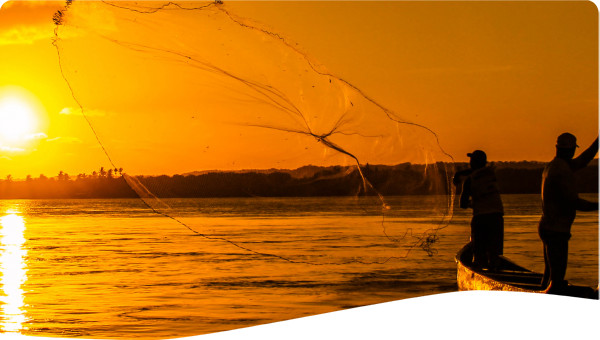The HRBA has been rapidly evolving in the 2000s, becoming increasingly important for water shortly after the UN Committee on Economic, Social and Cultural Rights published its General Comment No.15 on the human right to water for personal and domestic uses, affirming it as an integral part of right to life (UNESCR, 2002). The Committee especially underlined the connection between the right to water and rights to health, adequate housing, and food. This legal recognition was preceded by a General Comment No.12 (UNESCR, 1999) which recognises the human right to food and requires states to ensure availability of resources for food production, presuming water availability. In 2010, the UN General Assembly resolution finally affirmed the human right to water and sanitation, stressing that realisation of human rights essentially depends on availability of clean drinking water and sanitation (UNGA, 2010). Reaffirming the Human Rights Council's decision, the United Nations Special Rapporteur on the human right to safe drinking water and sanitation was commissioned to produced a collaborative "Handbook on realizing the human rights to water and sanitation" (de Albuquerque, 2014).
The HRBA allows to achieve coherence in a water governance system, uniting environmental sustainability and human development. Such approach focuses on clear rights and obligations, progressing from needs and voluntary commitments. In development cooperation HRBA is applied to define right-holders and duty-bearers, which in turn plays key role to achieve development goals by holding those involved responsible and accountable. As defined by UNSDG Human Rights Working Group, it is meant to give equal attention to what should be done and how it should be done in different phases and steps of project or programme cycle (UNSDG, 2003). It is embodied in “progressive realisation” of human rights where commitments are translated into measurable indicators and planning is done against human rights targets.
The human right to water and sanitation should not be confused with the concept of water rights. This difference originates from the nature of these two rights – a water right granted by the state while a human right to safe drinking water pertains to an individual, is inalienable and can’t be stripped of such individual. As a human right, the human right to water and sanitation emerges irrespective of state approval and cannot be temporary. See the relationship between the human right safeguards and water rights as displayed in Figure 1.
Figure 1. Relationship between the human rights safeguards and water rights. Source: SIWI (2017)
 Tool -
Tool -


